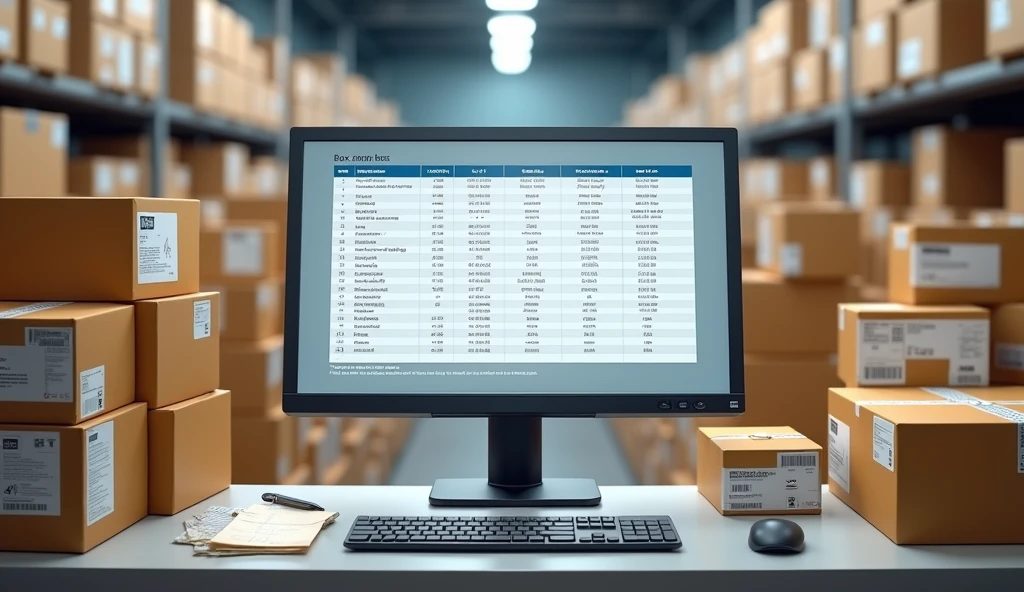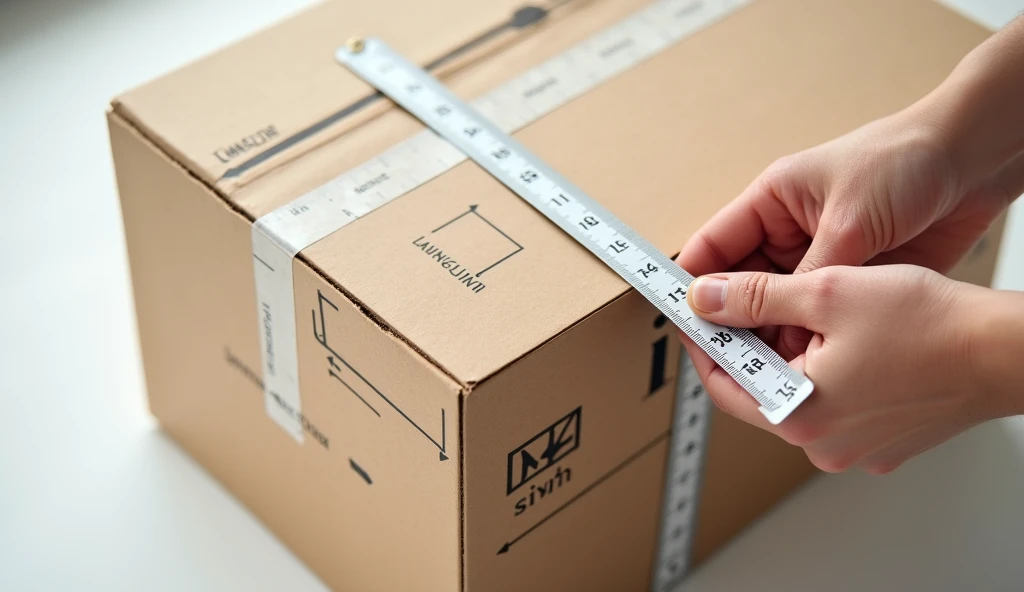In the world of packaging, dimensions are everything. Whether you're a business owner shipping products or a consumer trying to find the right box for your next move, understanding box size charts is essential. This comprehensive guide will equip you with the knowledge to utilize box size charts effectively, ensuring you make informed decisions that can save time, reduce costs, and optimize the safety of your products during shipping.

Box size charts are visual representations that display the dimensions of various types of boxes. They offer a standardized approach to measuring and categorizing boxes based on their length, width, and height. These charts are crucial for determining the most suitable packaging for your products, minimizing waste, and optimizing shipping costs.
Typically, box size charts include a list of different box sizes, detailing their internal dimensions in the standard format of Length x Width x Height (L x W x H). This allows users to quickly identify the right box for their specific needs, ensuring they can secure their products without excess space that could lead to movement and potential damage.
Businesses frequently rely on box size charts for shipping products—a practice that helps in reducing shipping costs based on dimensional weight. Furthermore, these charts assist in:
Understanding the fundamental dimensions of boxes is crucial.
Calculating the volume of a box is equally important as knowing its dimensions. The formula for calculating volume is straightforward:
[ \text{Volume} = \text{Length} \times \text{Width} \times \text{Height} ]
This aspect is vital for ensuring that your products will fit inside the box without leaving excessive empty space, which can lead to movement during transit and, consequently, damage.
While North America predominantly uses inches for measuring box dimensions, many countries utilize centimeters. It's crucial to know which unit is being used, particularly when dealing with international shipments.

Before seeking out a box, ensure you measure your products accurately. Use a reliable tape measure to obtain precise dimensions. Don’t underestimate the importance of considering additional materials—such as inserts or padding—when measuring.
Armed with your product measurements, consult box size charts to find a dimensional match. These charts help streamline the packaging process by enabling you to choose from ready-made sizes or to identify when custom packaging may be necessary.
Finally, account for any additional padding materials that will keep your products secure. This padding not only protects fragile items but also plays a role in calculating the final box size needed. Remember, a snug fit reduces movement during transport.
Mailer boxes are often employed for smaller, lighter shipments and are designed for a snug fit. Shipping boxes, on the other hand, come in various sizes to accommodate a wide array of items, including heavier goods.
Businesses frequently face choices between custom sizes particularly designed for unique products and standard sizes suited for mass shipping needs. While customized boxes can provide optimal protection, they may lead to higher production costs compared to ordering standard sizes in bulk.
Carriers often calculate shipping costs based on volume, known as dimensional weight. This measurement can be minimized by selecting appropriately sized boxes that fit your items snugly.
There's a growing trend towards eco-friendly packaging. Companies are investing in recyclable materials, which not only help the environment but can also reduce costs in waste disposal.
For unique items, custom boxes can provide a competitive edge. While often more expensive upfront, these boxes offer protection and can enhance the consumer's unboxing experience—boosting post-purchase satisfaction.
What is the best way to measure box sizes?
To measure box sizes, it’s essential to measure the internal dimensions. Use a tape measure, rounding to the nearest inch or centimeter, and ensure to take into account any thickness of the box materials.
How do I choose the right box size for shipping?
By measuring your item and referring to box size charts, you'll identify the most appropriate box dimensions. It's vital to double-check measurements and consider additional padding or inserts.
What are the common box sizes for shipping?
Common box sizes include small (6"x6"x6"), medium (12"x12"x12"), and large (24"x24"x24"). Always check availability based on your shipping carrier.
Why is it important to use box size charts?
Box size charts help prevent miscalculations and inconsistencies. They streamline the selection process and can lead to significant cost savings.
Can I get custom box sizes?
Yes! Many packaging suppliers offer customizable options to fit specific dimensions and designs tailored to your products.
With the insights gathered from this guide, you can confidently navigate the complexities of box size charts and make informed choices regarding packaging. Proper measurement and selection play a crucial role in not just your product's journey but also in the overall customer experience—making it a worthwhile investment.